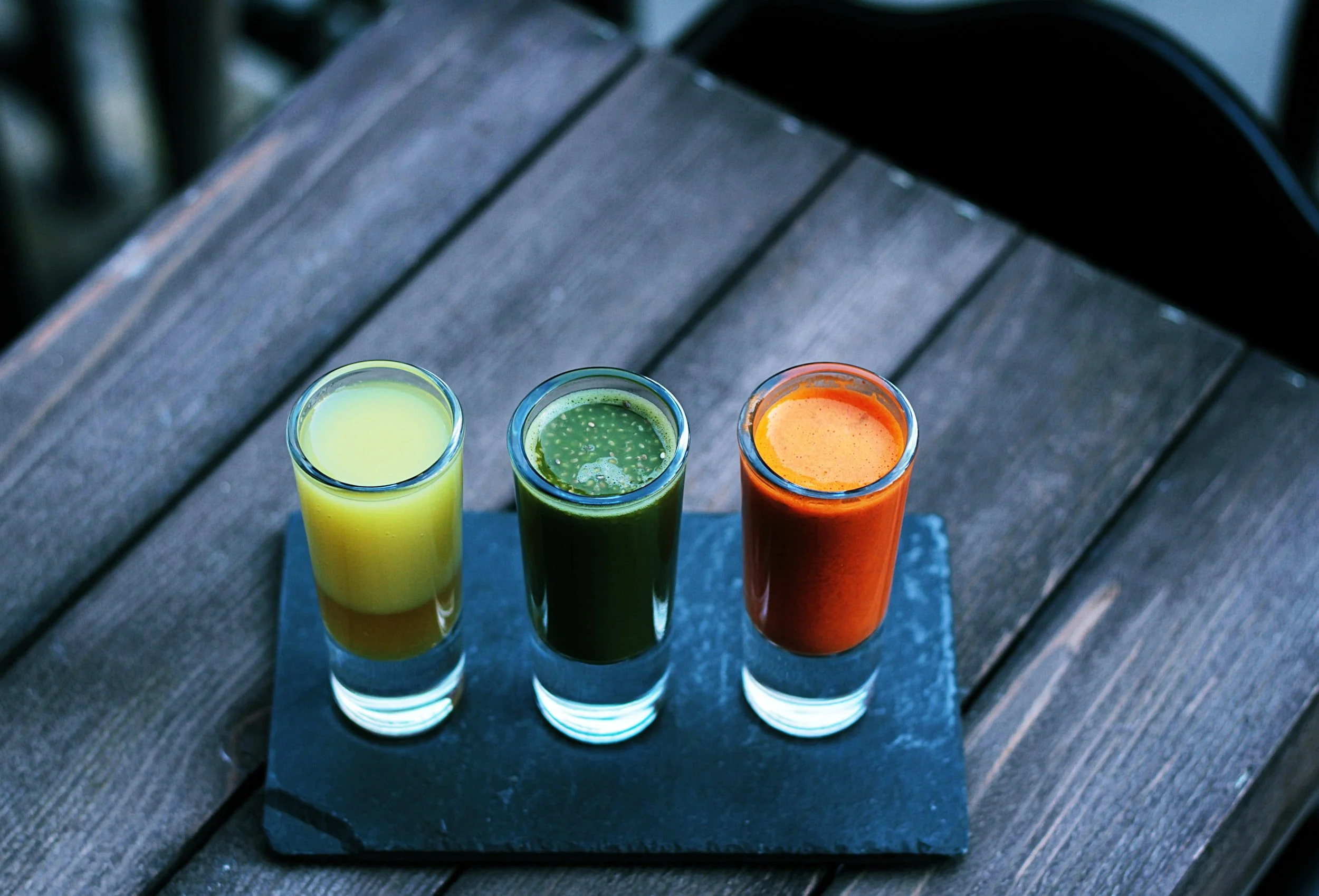The adapting definition of health
Hilary reflects on what it meant to be healthy in the 1990s and compares this with current trends.
What does it mean to be healthy today?
When the Marie Kondo method of tidying swept the world a few years ago, I began decluttering the family home like everybody else. I put aside old school books to be donated and binned old test papers—never again will I fear a specific arrangement of numbers on a piece of paper! When I was done, I got to work sorting some of my mother’s old things. I went through her old photos and the trinkets she had saved over the years and segregated the pieces that ‘sparked joy’ from the items that would not be missed.
Image credit: Unsplash
You might be wondering, how does a story about tidying up relate to the meaning of health? Well, among my mother’s old things were lifestyle magazines from the 1990s which gave readers advice on how to live a healthy life: eat plenty of fruits and vegetables, reduce meat consumption, engage in moderate exercise, and drink plenty of water. Fast forward to today, about 30 years after the magazine was published, and I hear the same advice: eat plenty of fruits and vegetables, reduce meat consumption, engage in moderate exercise, and drink plenty of water. Spotify is the new radio and cell phones may have replaced telephones, but the health advice in 2022 seems no different from that in 1990.
A quick look at the Women's Health website and I see the health and fitness sections filled with buzzwords such as “cycling” or “keto”, and I’m convinced that the age-old advice of eating well and exercising has not changed. But as I scroll further down the page, I see new sections such as “Beauty”, “Life”, and “Relationships”. I see workout videos alongside articles on racial equity, anxiety, sleep, and periods with headlines such as “Your 30-Day Squat Challenge PDF Guide” and “6 Best Period Subscription Boxes for Every Need”. Hang on, anxiety and racial equity have something to do with health?! Well, if I spend a chunk of my waking hours angry at the injustice driven by racial biases or worrying about the climate crisis, no amount of crunches or burpees will give me peace of mind. Really, it makes perfect sense. It isn’t just phones that are updating with each new generation—our definition of health has been updating with the times, too.
At the end of the day, I was nowhere near achieving a Marie Kondo level of tidy. But the experience of ‘attempting’ to tidy did feel relevant to my health. As I decluttered my space, I engaged in moderate exercise by moving things around, felt more at ease at home because of the extra space, and found time to reflect on what it means to be healthy in 2022.
So, what does it mean to be healthy today?
Being healthy does mean eating plenty of fruits and vegetables, engaging in exercise, and drinking plenty of water. It also means getting eight hours of sleep, creating space to feel and listen to what our emotions are telling us, having healthy relationships, and being attuned to other things our bodies will need as we go through life. This list is not meant to be exhaustive and I’m sure I missed some important activities. After all, healthiness is not achieved through a one-size-fits-all solution. And just like where I am with tidying the family home, our definition of health is still a work in progress.

